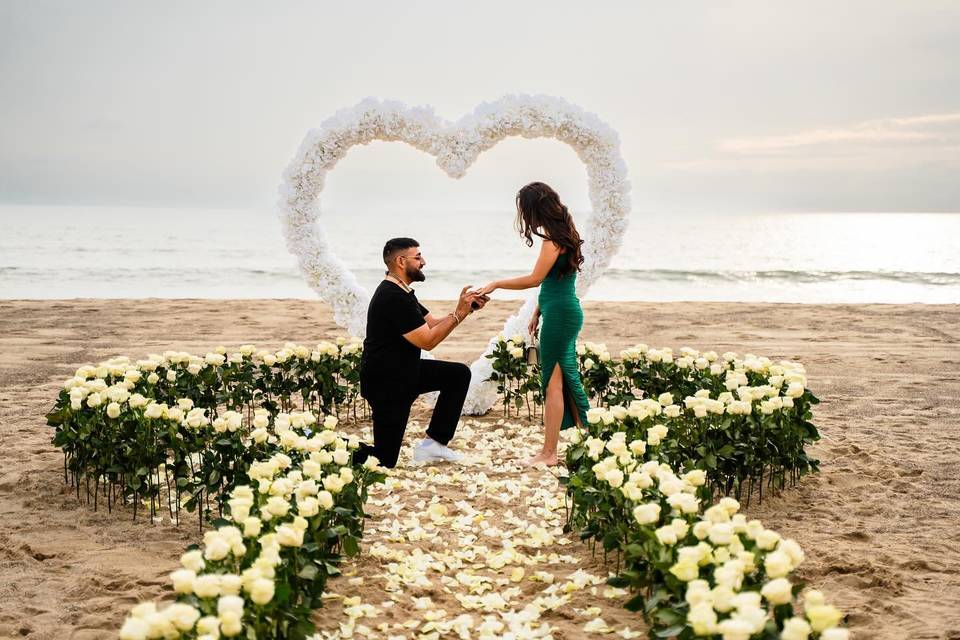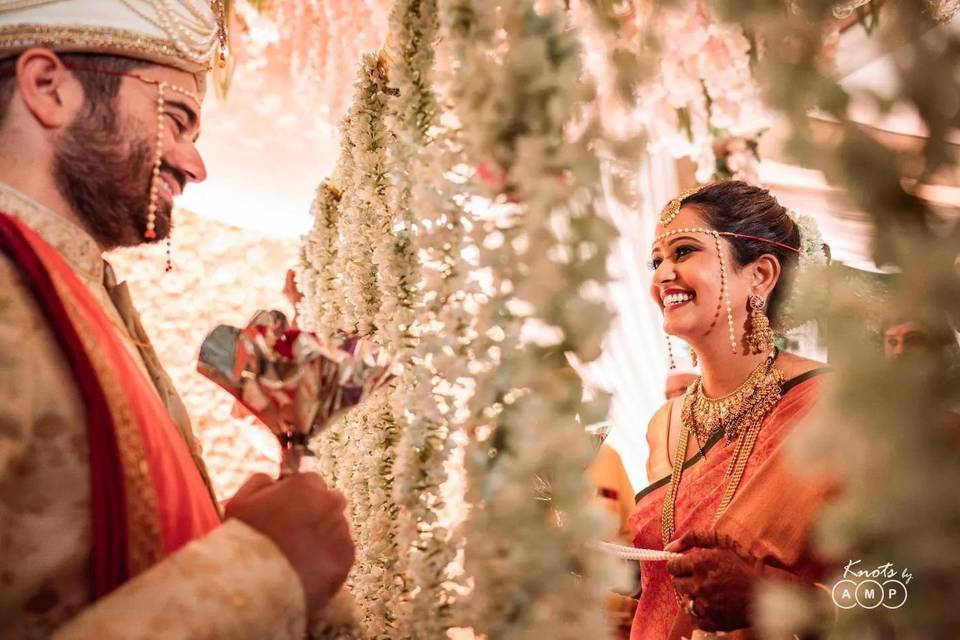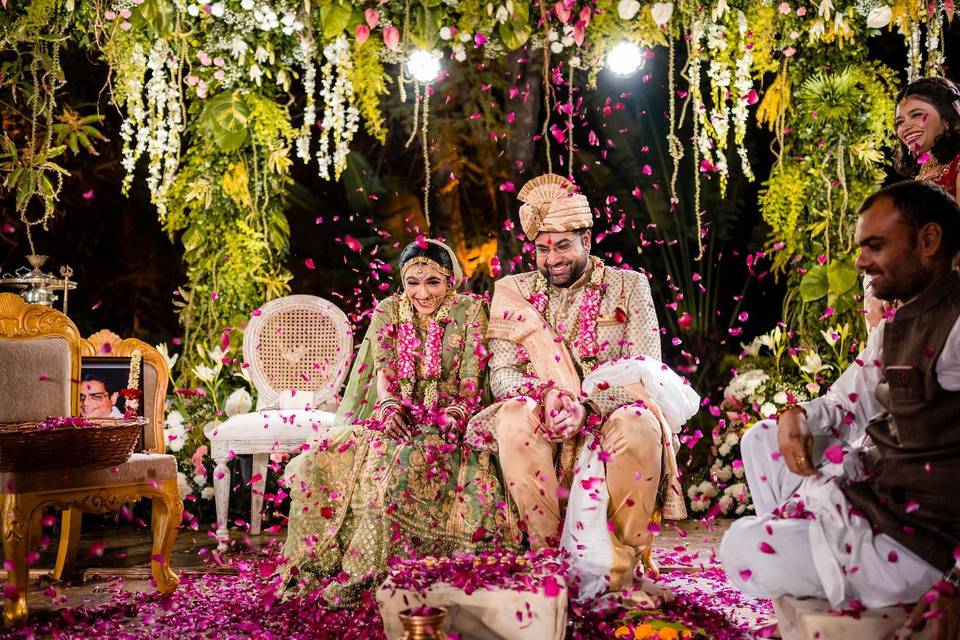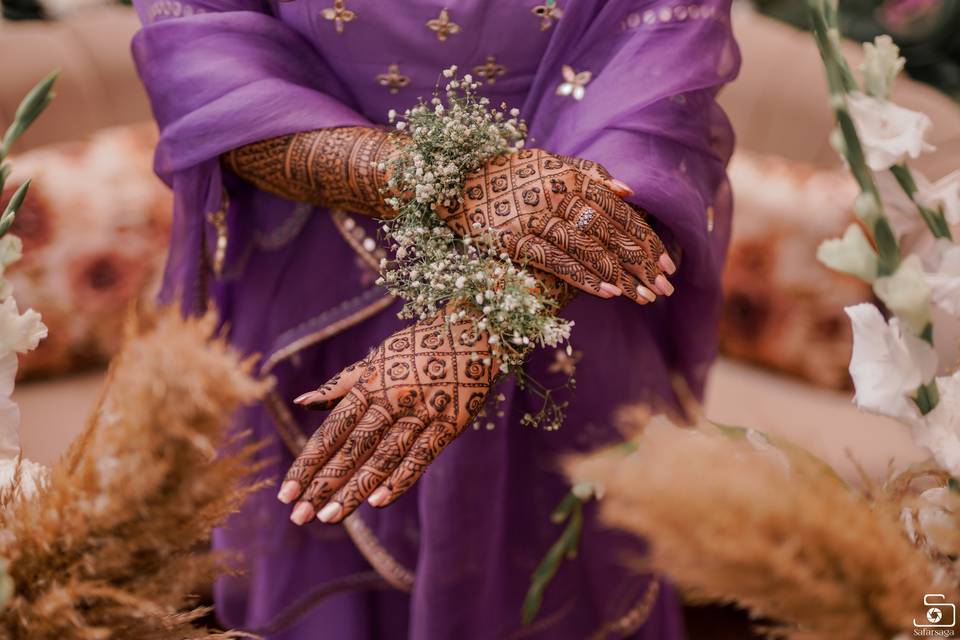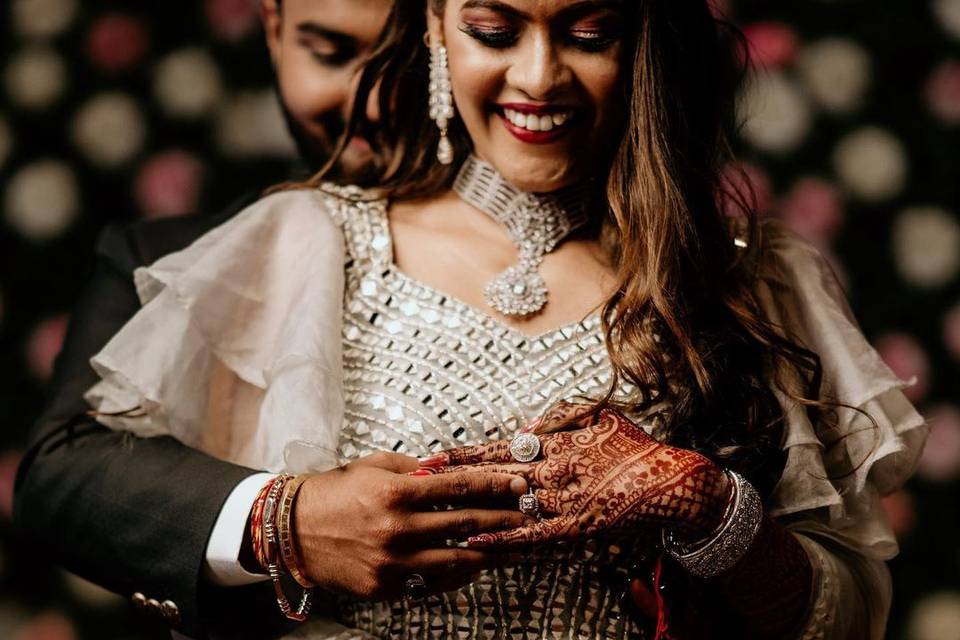An Indian Wedding Timeline That Will Help You Understand What an 'Indian Wedding' Means & Signifies
Indian weddings are not a one-day affair. You have the pre-wedding ceremonies, then the wedding itself and of course, the post-wedding ceremonies too! To tell you all about them, here is a general timeline.
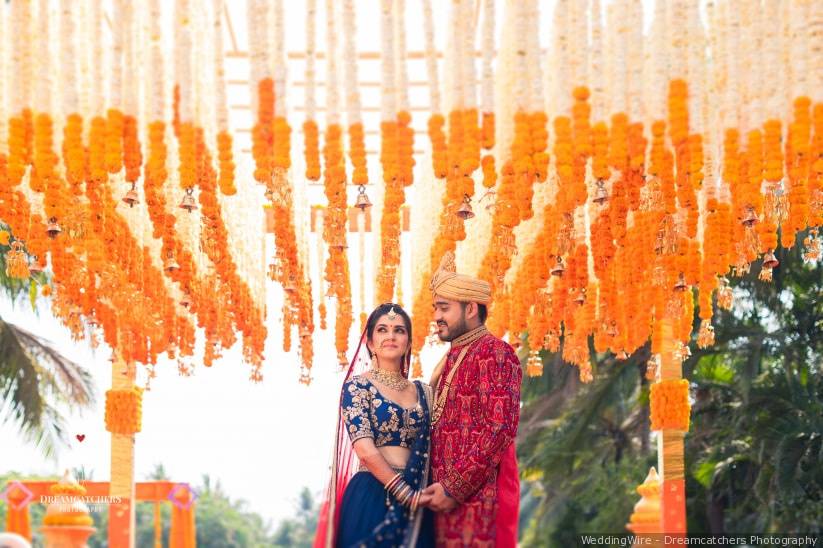
If you are new to Indian weddings, they can feel like an affair of bizarre events and therefore you need an Indian wedding timeline. The bride is painted yellow one day and green on the other(but only on the hands and feet). If you are well-versed with Indian weddings, we bet that even you can get confused at times about which ceremony happens when. Since in a country as diverse as ours, different cultures follow different ceremony patterns and rituals. To make things easier for everyone to grasp, we present here an Indian wedding timeline that includes all the amazing ceremonies. Here’s how things typically go.
An Indian wedding timeline is a thing of art in itself. Each day prior to the wedding is full of rituals and traditions that are homogenous to our cultures and are so diverse from one another. Some Indian beliefs have a different set of pre-wedding rituals - such as a Bengali marriage will have a follow up of a multitude of rituals that are sacred to their belief and in the same breath, the Indian wedding timeline of a Marwari wedding would be very different. But, even in that difference they all essentially stand for the same belief - the becoming of two people into one. So, go ahead and check out our take on an Indian wedding timeline in all its exclusivity and see what makes our sacred rituals so special and unique from all others in the world.
Indian wedding Timeline for Pre-wedding functions
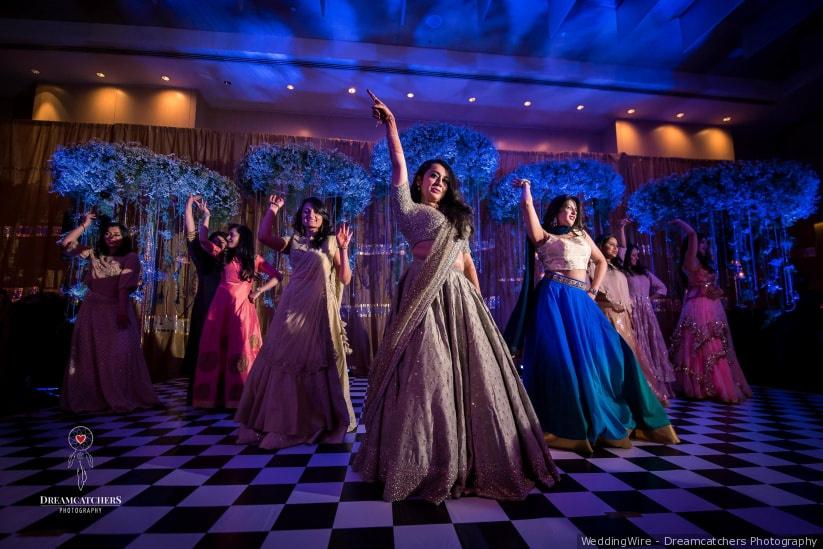
Usually, every Indian religious belief has its own set of pre-wedding rituals that they deem are necessary to kick start the wedding festivities on the right foot. The only difference being they are called differently, in their own regional tongue, even when the true essence f each of those rituals remain the same at the heart of all things.
So we have prepared for you a generic Indian wedding timeline of pre-wedding rituals which have the same significance and hod the same importance across all cultures of our country even when they may be called by different names.
1. Engagement
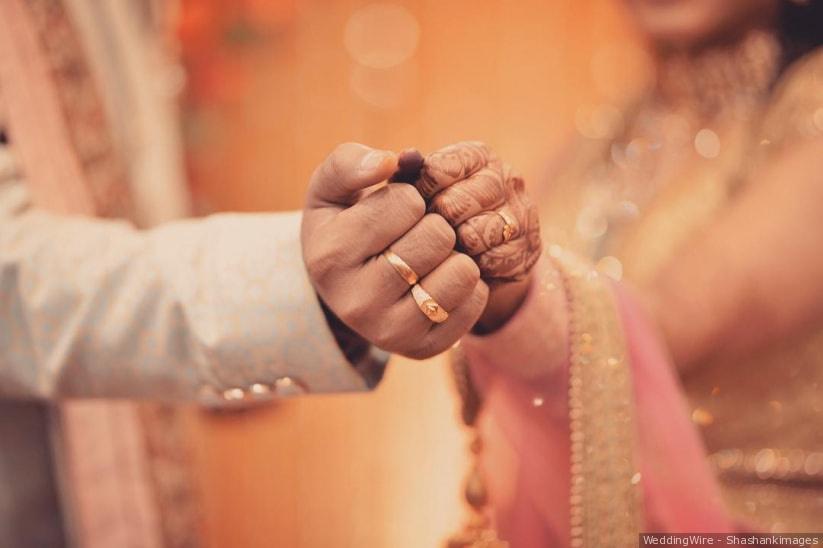
The engagement makes it official that the two persons involved are going to get married soon. A priest popularly known as ‘Pandit’, is called to set an auspicious date for the engagement ceremony. An engagement is where it all begins from in most cultures. For some, there is a ceremony known as the 'Roka' ceremony where the families meet and give a token of love and gratitude to the bride-to-be and groom-to-be as a means to show that they have excepted both in their respective families.
2. Haldi
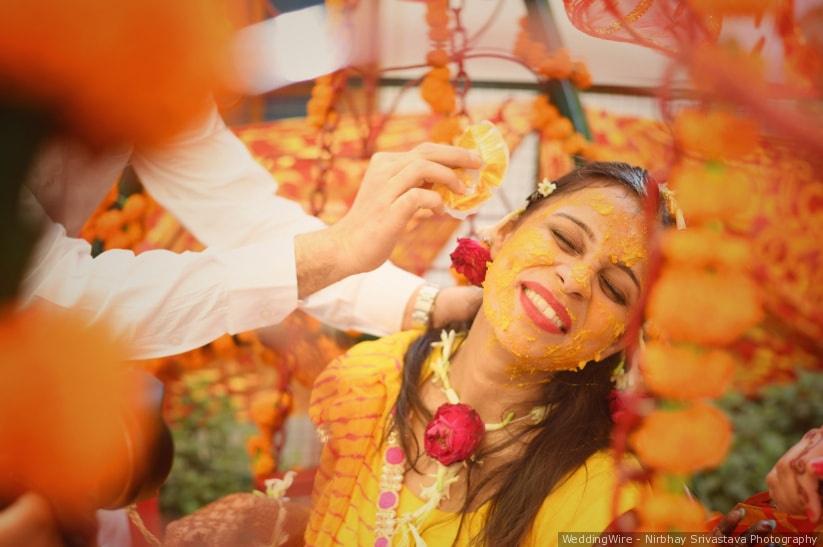
This is the first ceremony after the engagement. A mixture of turmeric, oil and water is rubbed on the bride and groom both. Generally only the married men and women of both the sides rub the mixture. Again, it might be known in different cultures by different names but in our Indian wedding timeline, we have put it as Haldi - since most of our regional beliefs seem to identify themselves with this pre-wedding ritual.
A ladies Sangeet follows the Haldi ceremony at the night.
3. Mehndi

The ladies Sangeet after the Haldi can be skipped and turned into the Mehndi event. Beautiful mehndi is applied on the bride’s hands, arms, feet and legs. The event is accompanied by dances and songs for everyone to enjoy.
Indian wedding Timeline for Wedding ceremonies
4. Barat
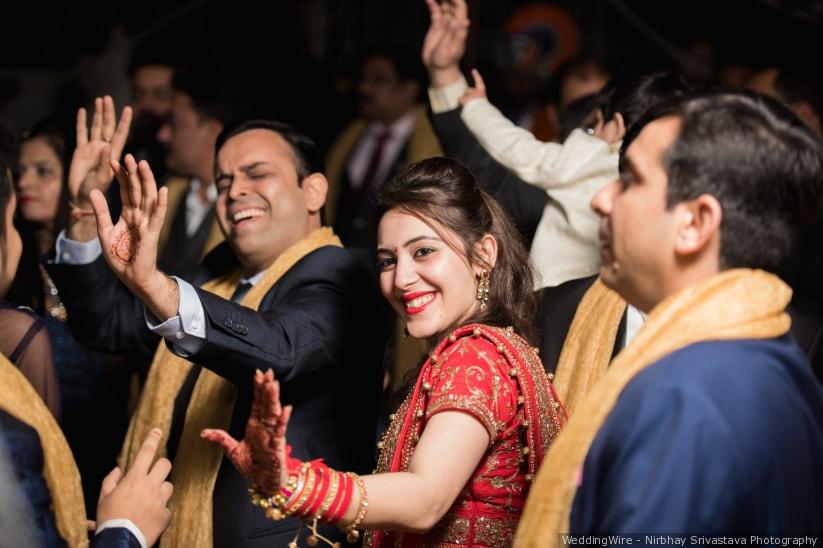
The wedding will not start until and unless a priest will set an auspicious date. And now for the main event! It starts off with a Barat where the groom makes his way to the bride’s house. He is accompanied by his family and friends. It’s a huge event and a lot of singing and dancing is involved in the whole journey.
He is received by an Aarti Pooja from the bride’s side.
5. Varmala
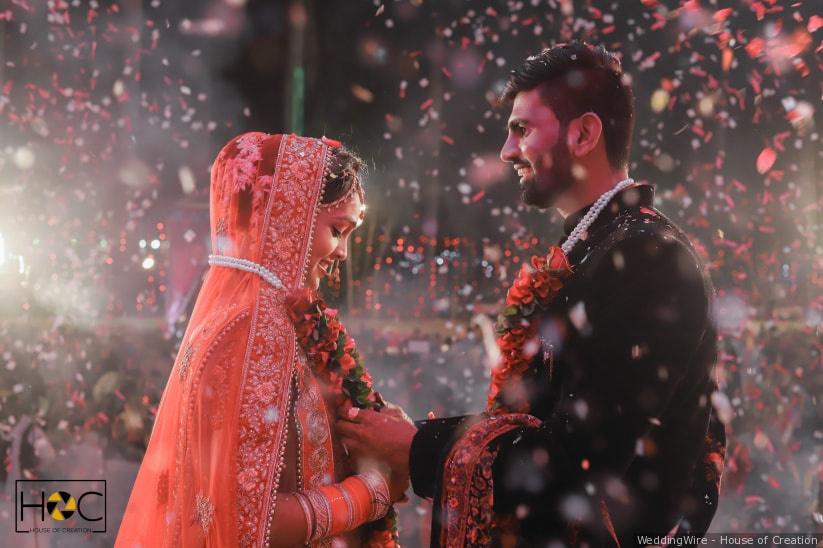
The Mandap is set up and the bride and the groom exchange garlands. It is usually not as simple as it sounds. And will include some naughty tricks played by the friends and family.
6. Kanyadaan
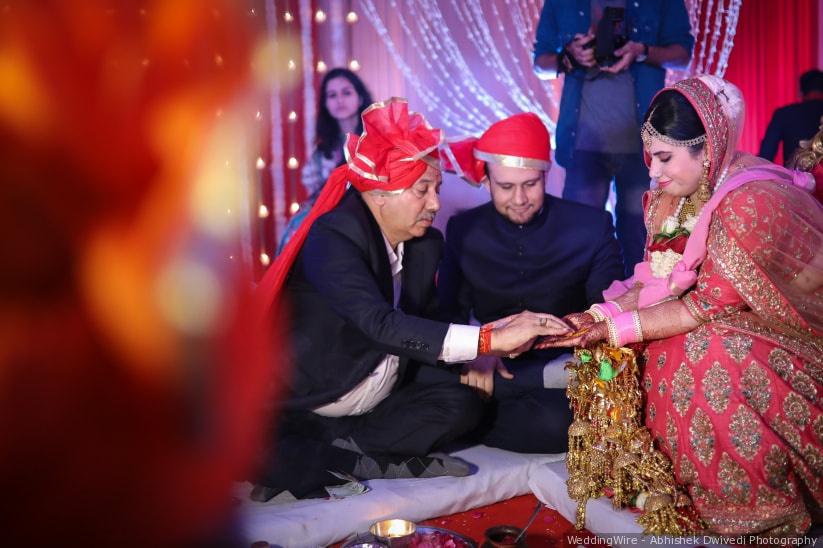
A Pooja starts off soon where the groom’s side will give a Mangalsutra to the girl. The bride’s father accepts the union and places the hand of his daughter in the groom’s.
7. Phere

Following this, Gathbandhan takes place where the bride’s Dupatta is tied to a scarf worn by the groom. Then the Saat Phere takes place where the couple has to take seven rounds against the Havan Kund, taking oaths of their relationship.
8. Sindoor

The couple is blessed by their parents and then vermillion, called Sindoor, is applied in the parting of the bride’s hair by the groom. Following which he makes her wear the Mangalsutra. Usually, a lot of wedding games will follow.
9. Bidai
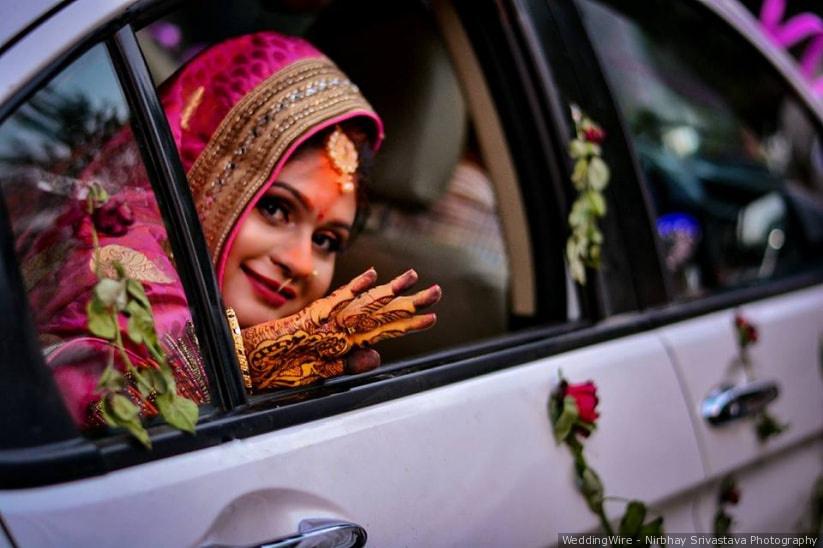
It’s the time when the bride parts from her family and is usually accompanied by a really emotional atmosphere. Traditionally bride was taken to her new home in a Doli (palanquin) which nowadays has been transformed into cars and the latest trend calls for a bike.
Indian wedding Timeline for Post-wedding ceremonies
10. Grihapravesh
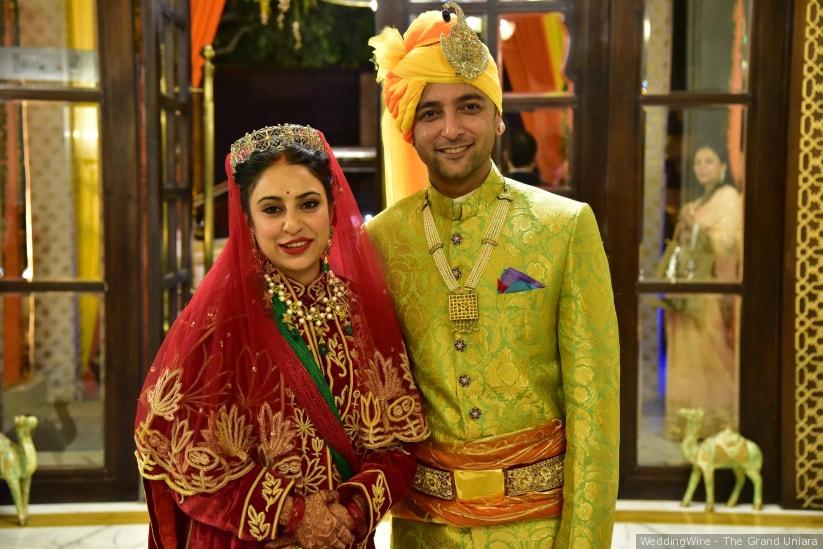
Once they reach their new home a Grihapravesh takes place where an Aarti is performed to welcome the new bride.
11. Reception

A reception party marks the end of the wedding where all the guests and friends and near and dear are invited to enjoy a grand party taking part in the couple’s happiness.
The order of these ceremonies might differ in some parts of the country. Even the Pheres taken around the holy fire is not seven in all cultures. But almost all of them have these in common. Some have a pre-engagement ceremony called the Roka ceremony while some have an added Kashi Yatra on the day of the wedding where the groom pretends to walk away from the marriage, only to be convinced to come back by the bride's father. All in all, Indian weddings are a colourful carnival where there are some entertainment and food for all and this Indian wedding timeline just proves why. Bookmark this Indian wedding timeline and share it with your guests the next time they have any questions.
What do you think of this Indian wedding timeline? Do tell us in the comments below.


